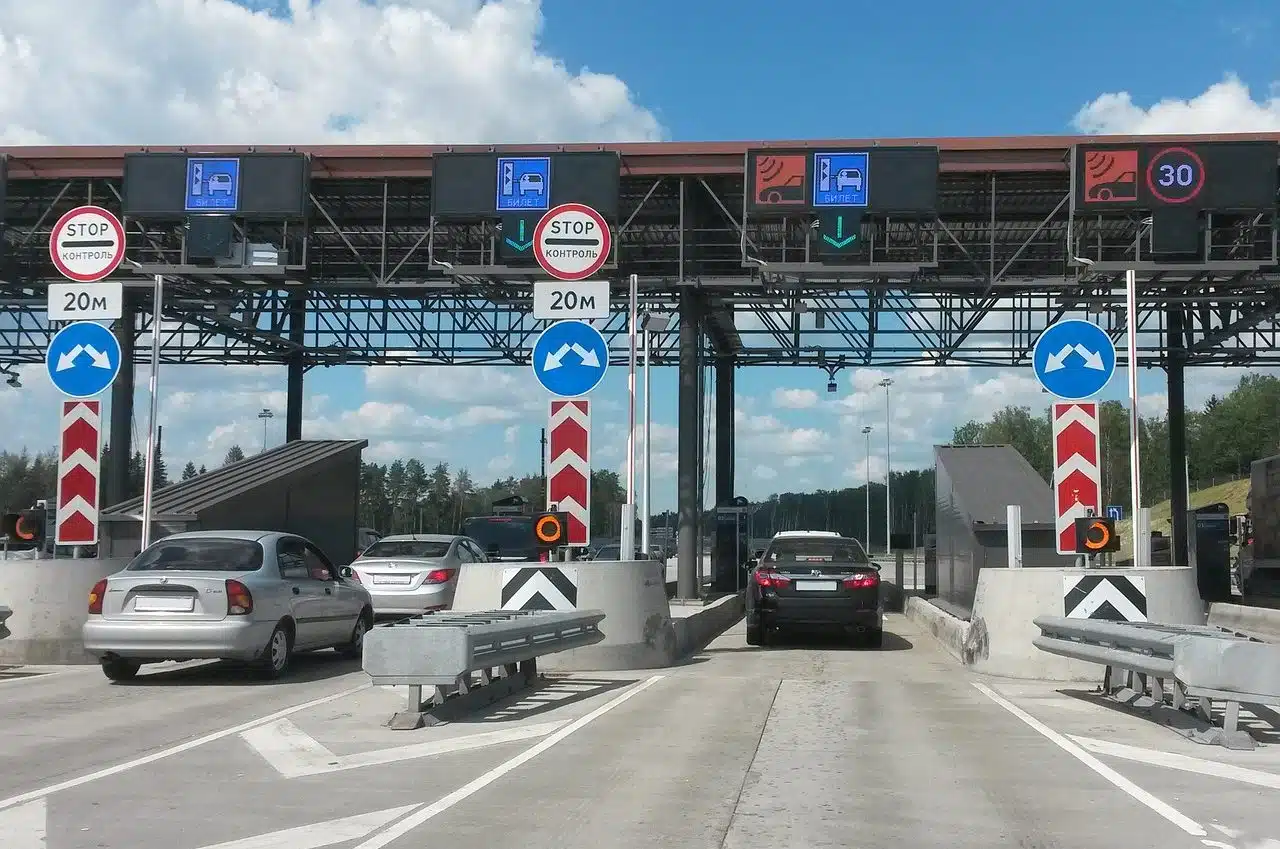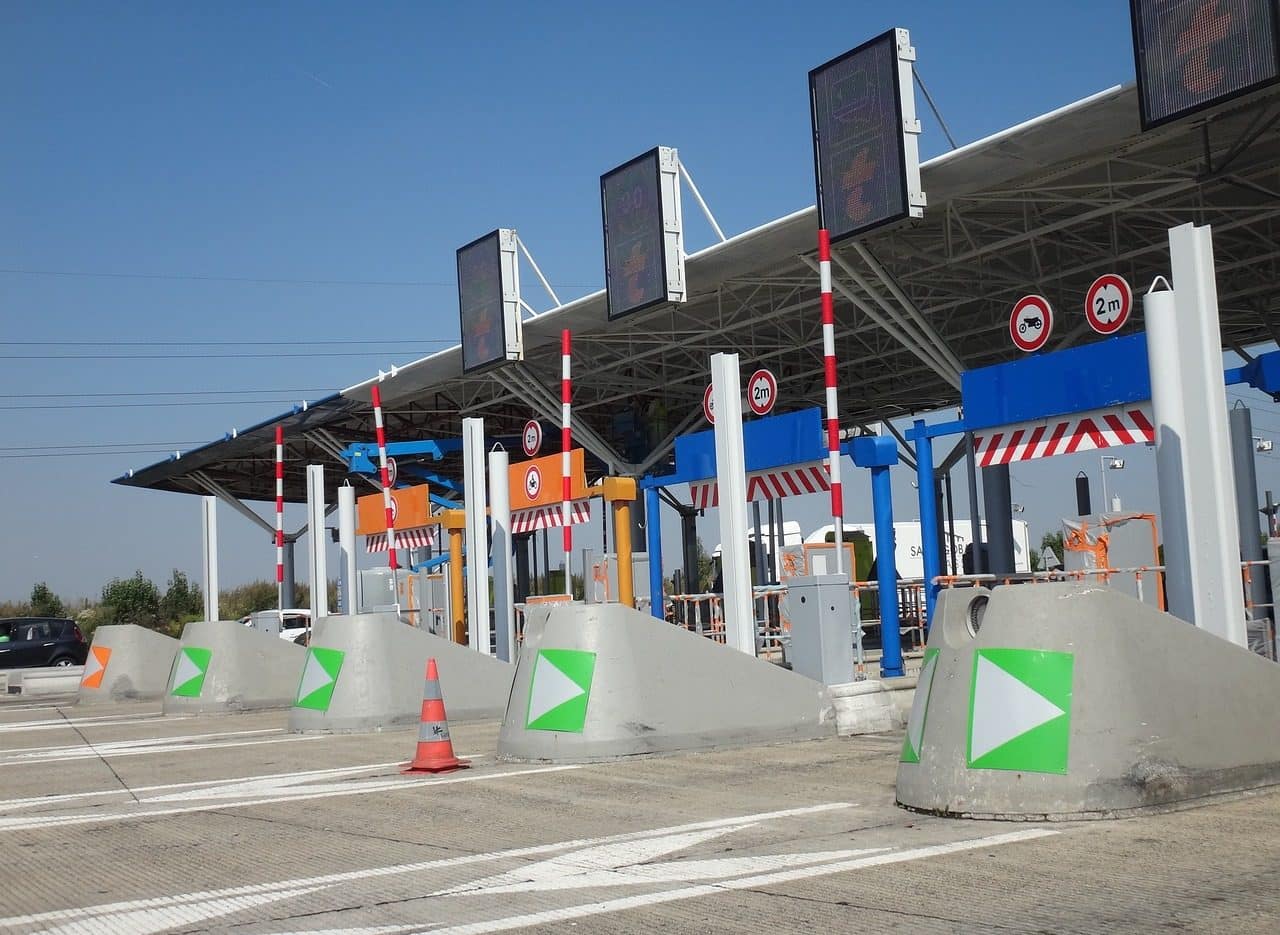
The notion of toll is linked to the right to travel through a certain place.
Toll is a notion linked to the terms peatge (Catalan) and péage (French) that refers to the right of a person to travel through a certain space. By extension, the place where said permit is paid and the payment that is made in itself is known as a toll.
For example: "The government announced a 20% increase in the toll on national routes" , "To get to San Bautista, I have to spend 350 pesos on tolls" , "Payment of the toll is supposed to serve to improve the infrastructure of the roads, something that does not happen .
Tolls throughout history
The notion of toll has varied throughout history . Currently, it is associated with an amount that must be paid when you intend to use a certain infrastructure with a means of transportation . The toll can be applied to a highway (also called a route ); a highway; a navigation channel; etc
An old version of the toll was called portazgo and was applied in the kingdoms of Navarra , Castile and Aragon to charge for the right to travel through the land of the lord or king or to enter the city . It is worth mentioning that it was an indirect tax, although it could also be executed at the time of potential usufruct of the areas regulated by it, generally markets and fairs. This direct predecessor of the toll could be temporarily canceled by the highest authority of a territory if it was deemed necessary.

Tolls are usually established to finance road maintenance.
Your advantages
The toll can make it possible to recover the investment made in the development of the infrastructure and also pay for its maintenance. In some cases, the State manages the infrastructure in question and collects the toll; In others, it is a company that is in charge of management through a concession granted by the State.
The advantage of a toll is that it is paid only by those who use the infrastructure. In this way, if a citizen does not use the tolled route or tunnel, they do not have to pay anything. The opposite would happen if a tax were applied at a general level for all inhabitants.
The toll can also exist outside of the aforementioned road types; Given the congestion that occurs in most of the world's major urban centers, the charging of a congestion fee is increasingly common, which has the objective of moderating the number of vehicles that simultaneously enter these areas. This type of toll serves to cover costs related to the infrastructure of control systems, as well as to finance roads and improve public transportation.
Types of tolls
Let's look at other types of tolls below:
- Open : charged at several booths located along a road , arranged at a certain distance from each other.
- Closed : consists of charging only once, after exiting a road, counting the distance traveled since entering it. This can be carried out manually, by collecting a card at the entrance, or automatically, using the device known as electronic tolling .
- Annual : consists of the payment once a year of a certain amount, which is certified by a sticker that adheres to the windshield of the car and authorizes the driver to travel freely on all highways. This type of toll is applied, for example, in Switzerland, and must be paid by all users regardless of how often they travel on the roads (this includes tourists).
- Shadow : a commercial company is responsible for building and financing the highway and the toll is paid by the Administration. This system prevents defaults in the short term, but can lead to economic failure in the long term.
